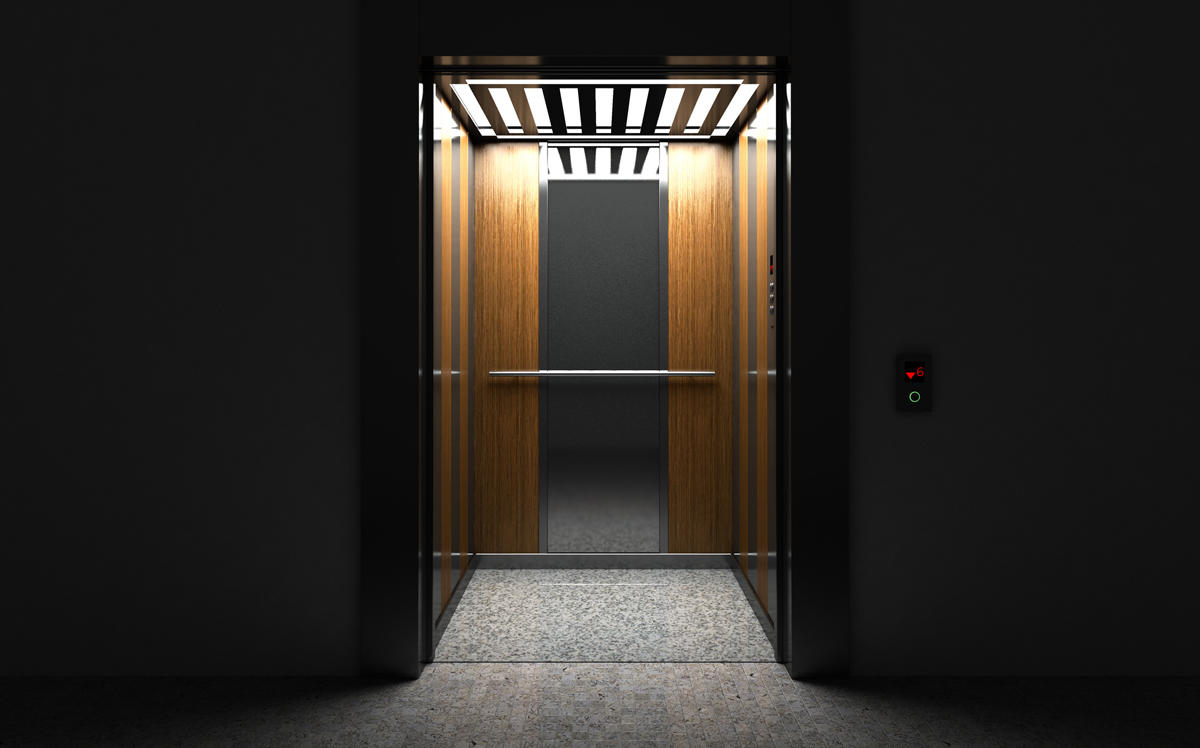Trending
Inspectors missed hazardous, unsafe conditions on NYC elevators: report
14,828 inspections weren't conducted between 2015 and 2016

A new report on the city’s elevators conjures nightmare scenarios: Worn-out cables and the danger of the doors opening between floors.
In three different buildings, city and state officials found that elevator inspectors didn’t notice defective “door restrictors,” the devices that prevent the doors from opening between floors, according to a report released by the New York State Comptroller Thomas DiNapoli. At two other buildings, officials discovered “rouging,” abrasions that cause hoist cables to wear. According to the report, an inspector missed the issue in one building, and the inspector in the other noticed the abrasions but didn’t have the proper tools to determine the severity of the issue.
The comptroller’s office and inspectors with the Department of Buildings observed inspections of 12 elevators at nine buildings in the five boroughs from January 1, 2015 through October 20, 2017. The report found that contractors hired by the DOB to conduct investigations sometimes signed off on inspection certifications without actually performing the inspections and overlooked 29 violations, including a broken emergency telephone and an expired fire extinguisher in the elevator.
Perhaps even more troubling, the report found that 14,828 inspections that should have been conducted between 2015 and 2016 were not performed. According to the report, nearly 40 percent of these elevator checks weren’t done because inspectors couldn’t get into the buildings. That was a problem back in 2009, when 165 elevators went uninspected between September 20, 2009, and October 3, 2009, according to a 2010 report by the city comptroller’s office. In response to the latest findings, DOB officials said they’d post “Notice to Call for Inspection” signs on buildings.
“New York’s elevators are one of our safest forms of transportation – and DOB’s strong elevator regulations are a key reason why,” DOB Commissioner Rick Chandler said in a statement. “That said, we take the Comptroller’s input seriously and have already taken steps to address many of these recommendations.”
Keeping track of the city’s elevators is a daunting task. More than 70,000 elevators and related devices are subject to the city’s building and other codes. As of July 2017, the DOB had 48 elevator inspectors and supervisors. In many cases, inspections are conducted by contractors hired by the DOB. Only two outside companies were contracted during the report’s timeframe to do these annual checks: National Elevator Inspection Services and Crimson Inspection. Representatives for the companies could not immediately be reached for comment.
Building owners hire private companies to test the elevators, a different process than an inspection since it requires running the lift. The report found 8,437 cases where it couldn’t be determined if a test had taken place because the DOB didn’t have proper documentation. The report also states that the DOB delayed issuing violations to these building owners. In a letter to the comptroller’s office, Chandler contested this finding, saying the report “misunderstood” filing requirements and timeliness of issuing violations.
The report recommends ramping up inspection oversight, re-checking elevators that weren’t properly inspected, penalizing NEI Services and Crimson and increasing penalties for building owners when tests aren’t performed. Chandler disagreed with the latter recommendation, noting that such a change would require legislation out of the City Council.
Periodically, news of elevator-related deaths spring up in the city. In July, a construction worker was killed while trying to pry open the doors of a broken down elevator in Extell Development’s 555 10th Avenue. Back in October 2015, a 37-year-old was crushed by an elevator that he was trying to squeeze into at Rabsky Group’s Espoir in Williamsburg.
The following buildings were part of the comptroller’s study:
1) 10 West 33rd Street, Manhattan
2) 55 West 26th Street, Manhattan
3) 901 Avenue H, Brooklyn
4) 1818 Newkirk Avenue, Brooklyn
5) 2220 East Tremont Avenue, Bronx
6) 1580 Metropolitan Ave, Bronx
7) 91-31 Queens Boulevard, Queens
8) 59-02, 99th Street, Queens
9) 266 West Service Road, Staten Island




